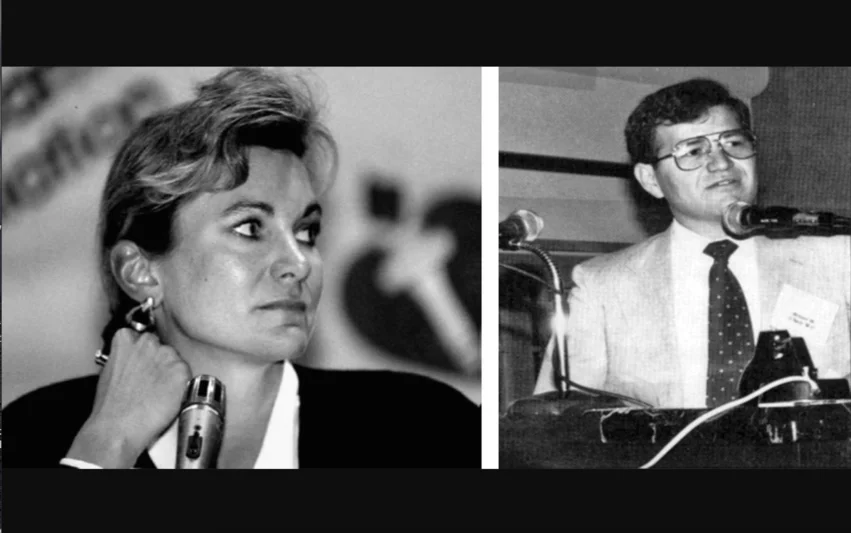Cardiologists reflect on developing primary PCI in face of criticism and pushback
The Society for Cardiovascular Angiography Interventions (SCAI) has shared the latest installment of its ongoing series highlighting key developments throughout the history of interventional cardiology. The “Pioneers of Interventional Cardiology” series uses video interviews and editorials to provide fresh insights and helpful context about historic moments in time.
The subjects of this latest installment are William W. O'Neill, MD, and Cindy L. Grines, MD, two veteran interventional cardiologists who played key roles guiding the development of primary percutaneous coronary intervention (PCI) as a treatment for ST-elevated myocardial infarction (STEMI) patients.
Before primary PCI, STEMI patients faced a significant risk of dying, and complete recoveries were uncommon. Now, thanks to historic breakthroughs such as the development of primary PCI, STEMI patients can look forward to living long, happy lives.
Timothy D. Henry, MD, an interventional cardiologist with The Christ Hospital in Cincinnati, Ohio, and former SCAI president, moderated the video interview with O’Neill and Grines. He also helped co-author a JSCAI editorial accompanying the video.[1]
“One of the most monumental developments in interventional cardiology is primary PCI,” Henry said in a prepared statement. “This discussion takes us through the cutting-edge of development of primary PCI, not just the final statistical results, but also our thinking and rationale. We cover the whole spectrum of this amazing development and the grit that it took to advocate for it.”
O’Neill and Grines played pivotal roles in the development of primary PCI. O’Neill, for example, was part of the first randomized trial to compare primary PCI with balloon angioplasty with intracoronary thrombolysis.[2] Grines led the team credited with showing that primary PCI with balloon angioplasty was associated with long-term clinical and economic benefits compared to thrombolysis, including a significant reduction in six-month mortality and reinfarction rates.
Even as primary PCI gained momentum with one positive trial after another, however, the healthcare industry was slow to move forward.
“It was challenging,” Grines explained. “We had the pharmaceutical industry that was anti-primary angioplasty and we had a lot of our own colleagues that were anti-primary angioplasty. I can’t tell you the number of times I heard, ‘what you’re doing is unethical.”
PCI did eventually gain favor among, of course, and techniques and technologies have continued to evolve at a rapid rate. O’Neill emphasized that there is still plenty of work to do. For example, he said, mortality rates remains higher than they should be for patients after they leave the hospital.
Grines wondered if the work she and her colleagues did back then—with no research funding, she added—would even be possible today with the way clinical research has changed over the years.
“It’s so driven by industry now—a lot of rules and regulations and corporate compliance,” she said. “It’s much harder. You wouldn’t be able to do these kinds of trials today. We were fortunate to be in that era where we could accomplish a lot … that people may not be able to do today. But look at what a difference it made.”
O’Neill is now a medical doctor emeritus with Henry Ford Health. Grines, meanwhile, serves as the chief scientific officer of the Northside Hospital Cardiovascular Institute.
The full video interview is available here. The full editorial is available here.
Click here for additional information on SCAI’s “Pioneers in Interventional Cardiology” series.


